
Hours:
Sunday: CLOSED
Monday: CLOSED
Tuesday thru Saturday: 10:00am - 4:00pm
Custom Furniture From Barn to Table
At Cape Cod Colonial Tables, we craft tables from reclaimed barn timbers. We specialize in American chestnut, native New England white pine, farmhouse doors, and barn wood - though you could find other unique pieces and materials from time to time. Whether you like rustic or beautifully polished and aged, we have something for everyone! Our farmhouse tables are created with the utmost love and attention to detail. We build heirloom quality tables and benches for you and your family to cherish for generations to come.
Our unique "build your own" approach allows our customers to create a custom piece. From choosing the top, the details and finish, the base specific to your taste, and the chairs and custom benches to accompany, there are no two alike. Take a peek and see for yourself! We'd love to show you around the workshop.
We are located in a barn alongside one of the oldest houses in Chatham, known as The Captain John Hawes house. The house was built in 1736 and was once used as an antique shop. After sitting vacant for a while, it was purchased by the founders of Cape Cod Colonial Tables and restored. We hope to see you soon!
Free on Cape delivery! Delivery service is available for off Cape deliveries, both near and far. Are you working from home? Work in an office setting and want a beautiful desk? We offer many options for desks. With three programmable settings, we blend the perfect mix of modern amenities and beautiful old wood. You're sure to be comfortable throughout your work day - whether sitting or standing.
Hear what our customers are saying...
Business Hours
- Monday
- Closed
- Tue - Sat
- -
- Sunday
- Closed
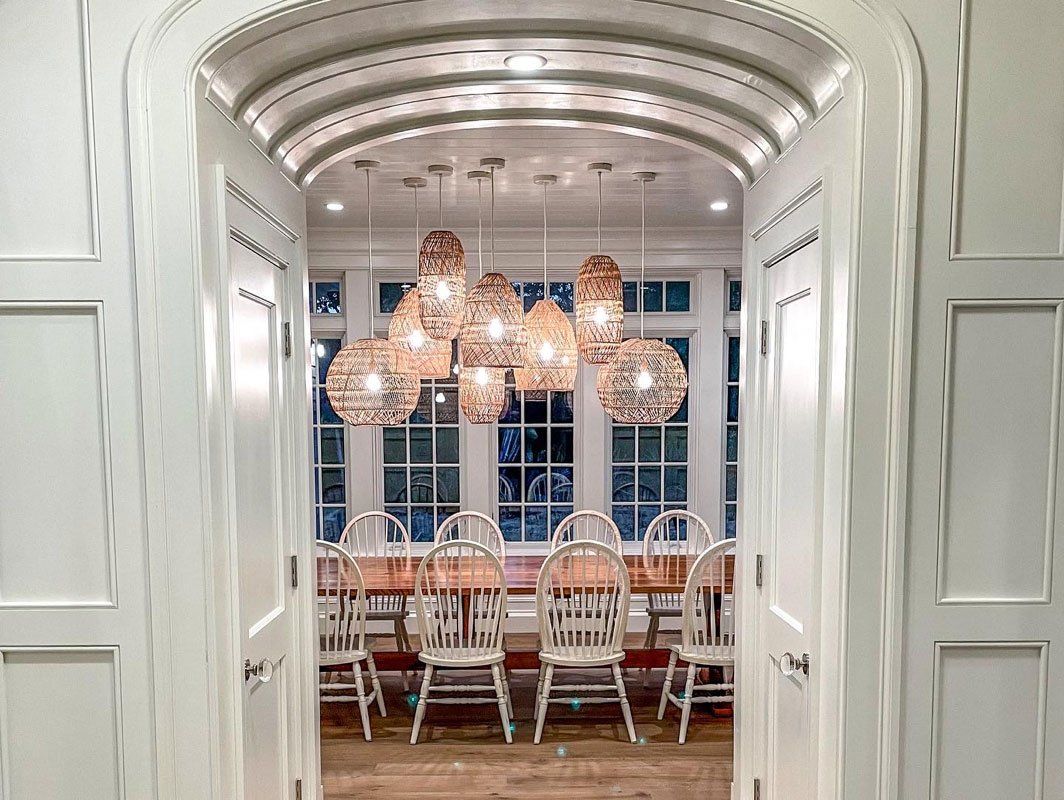
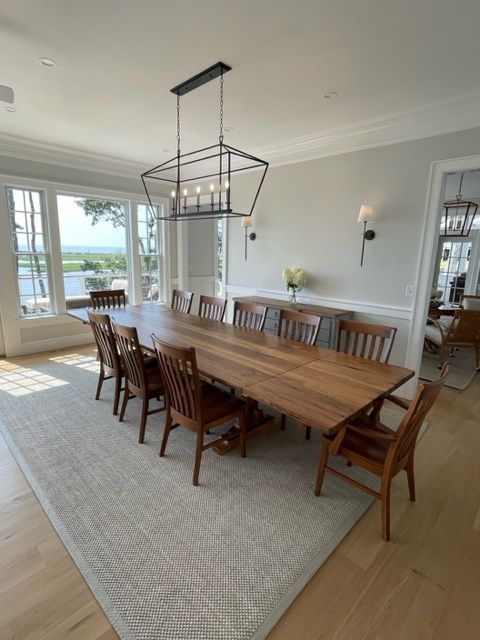
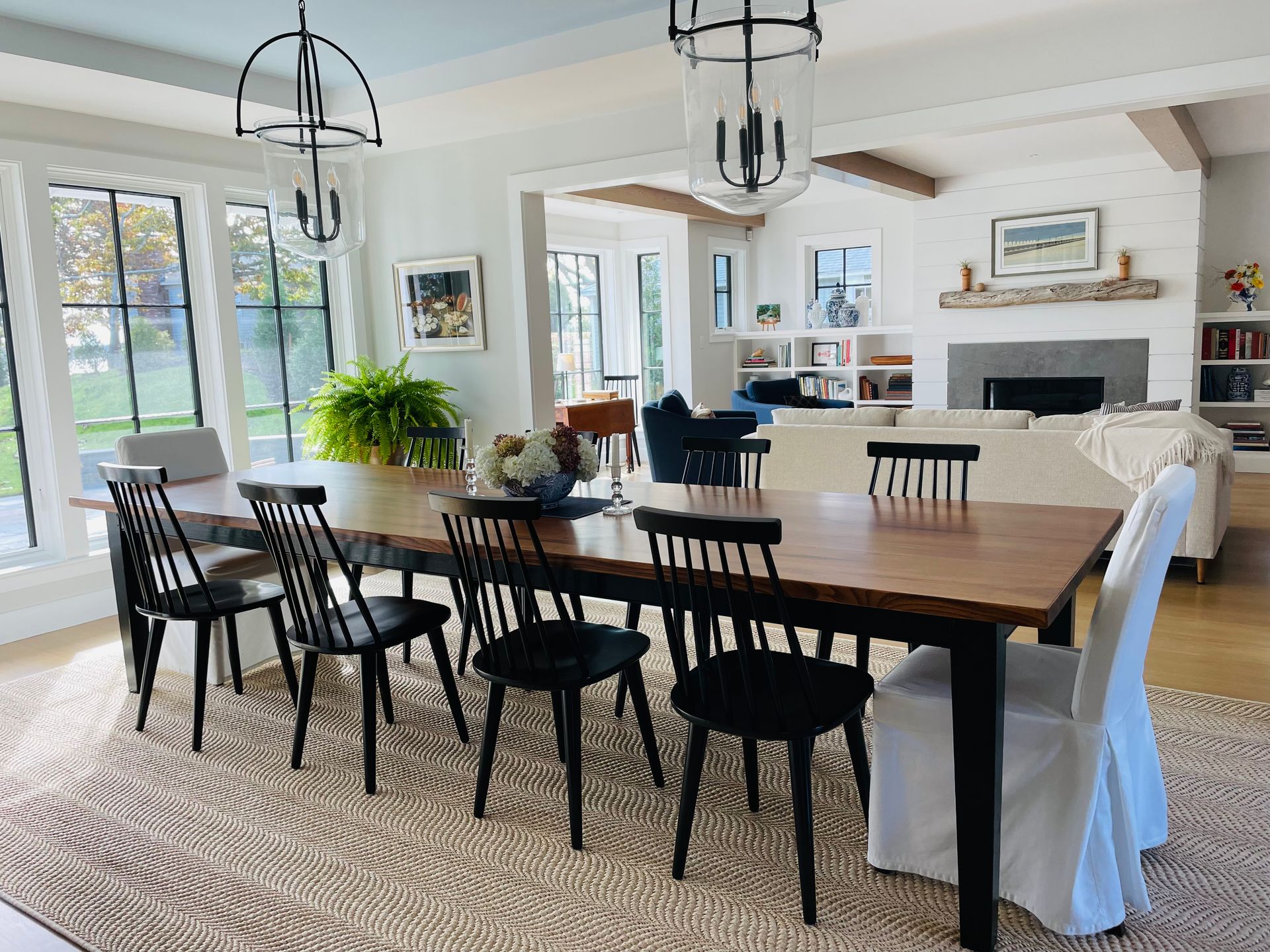
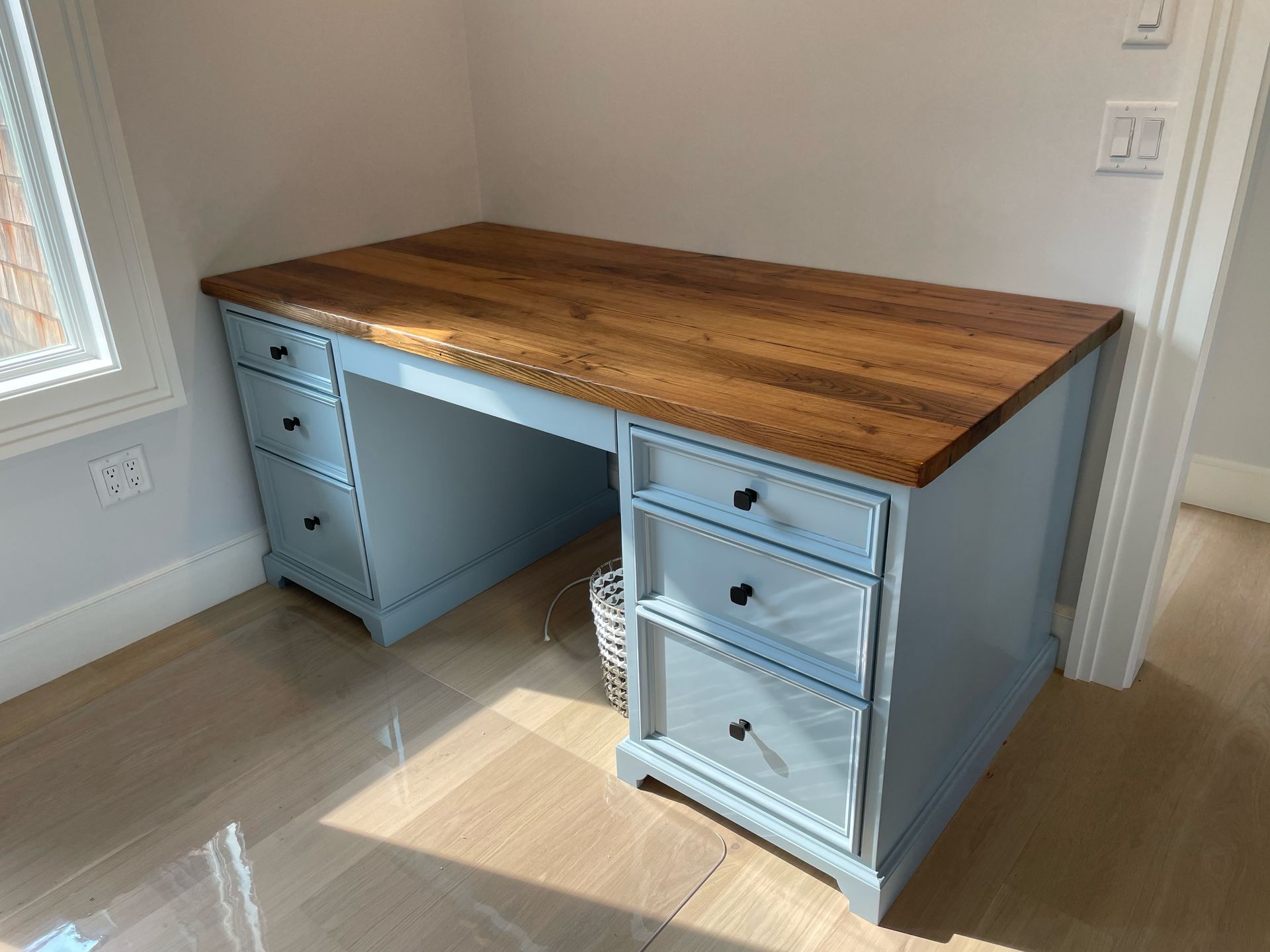
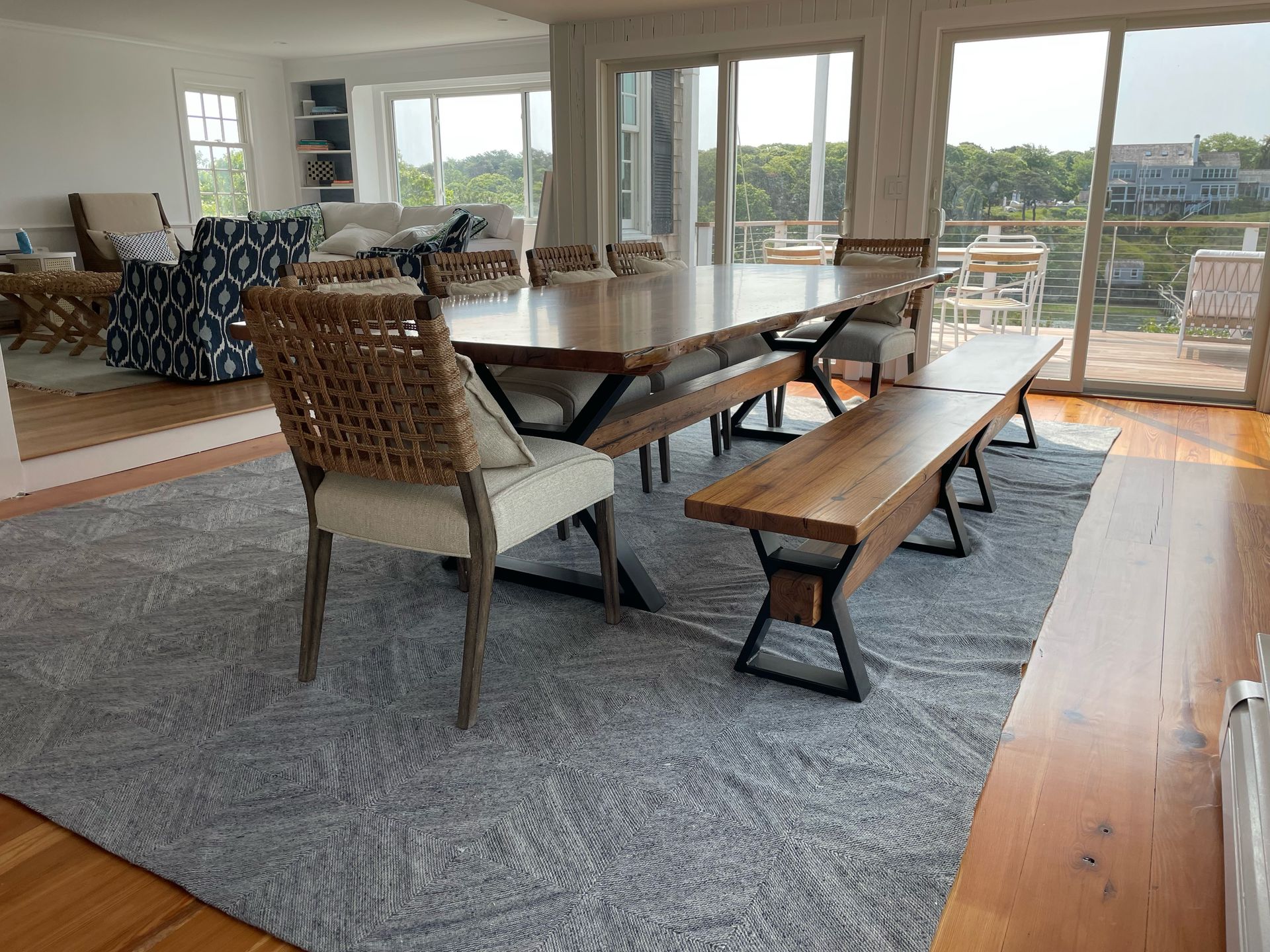
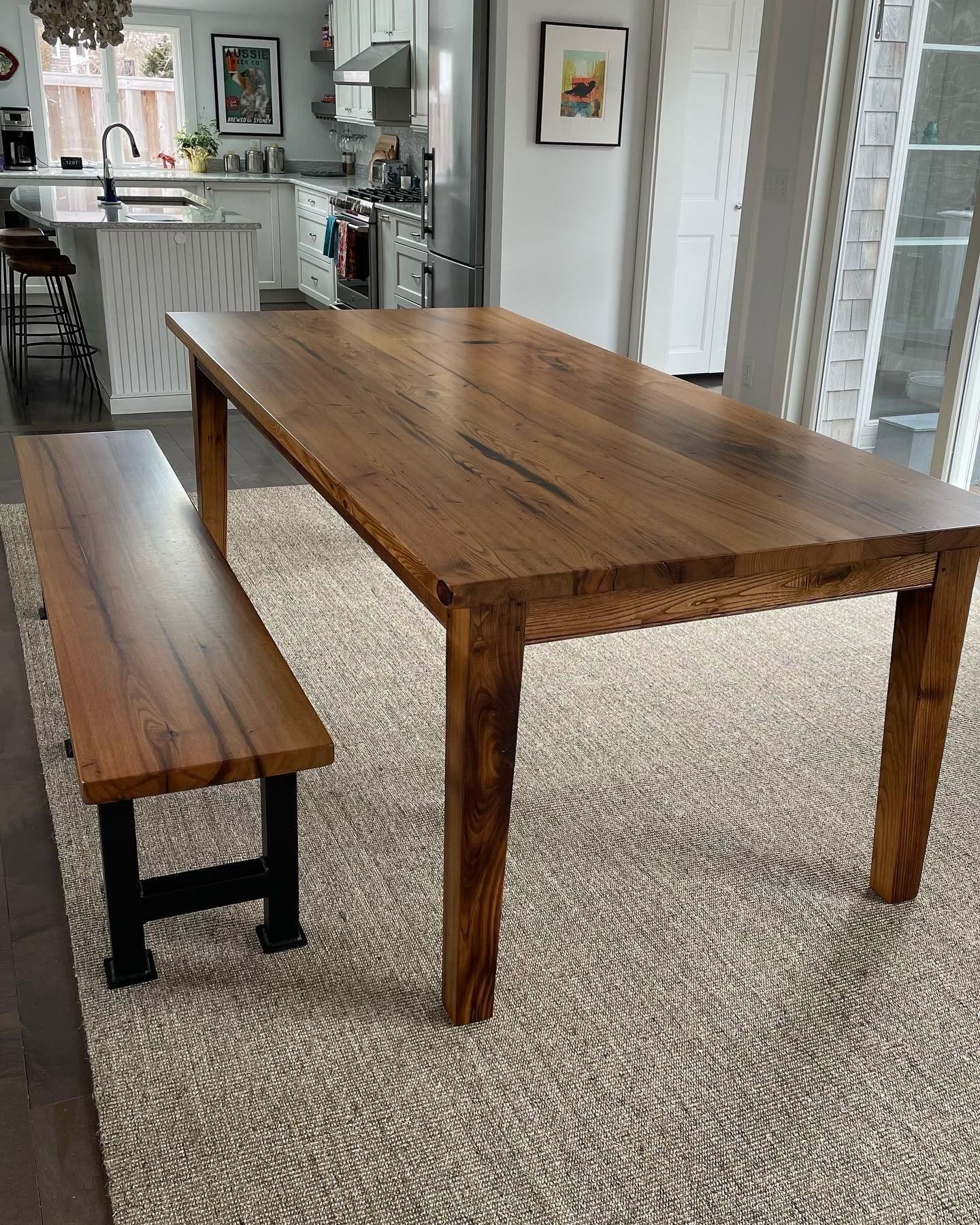
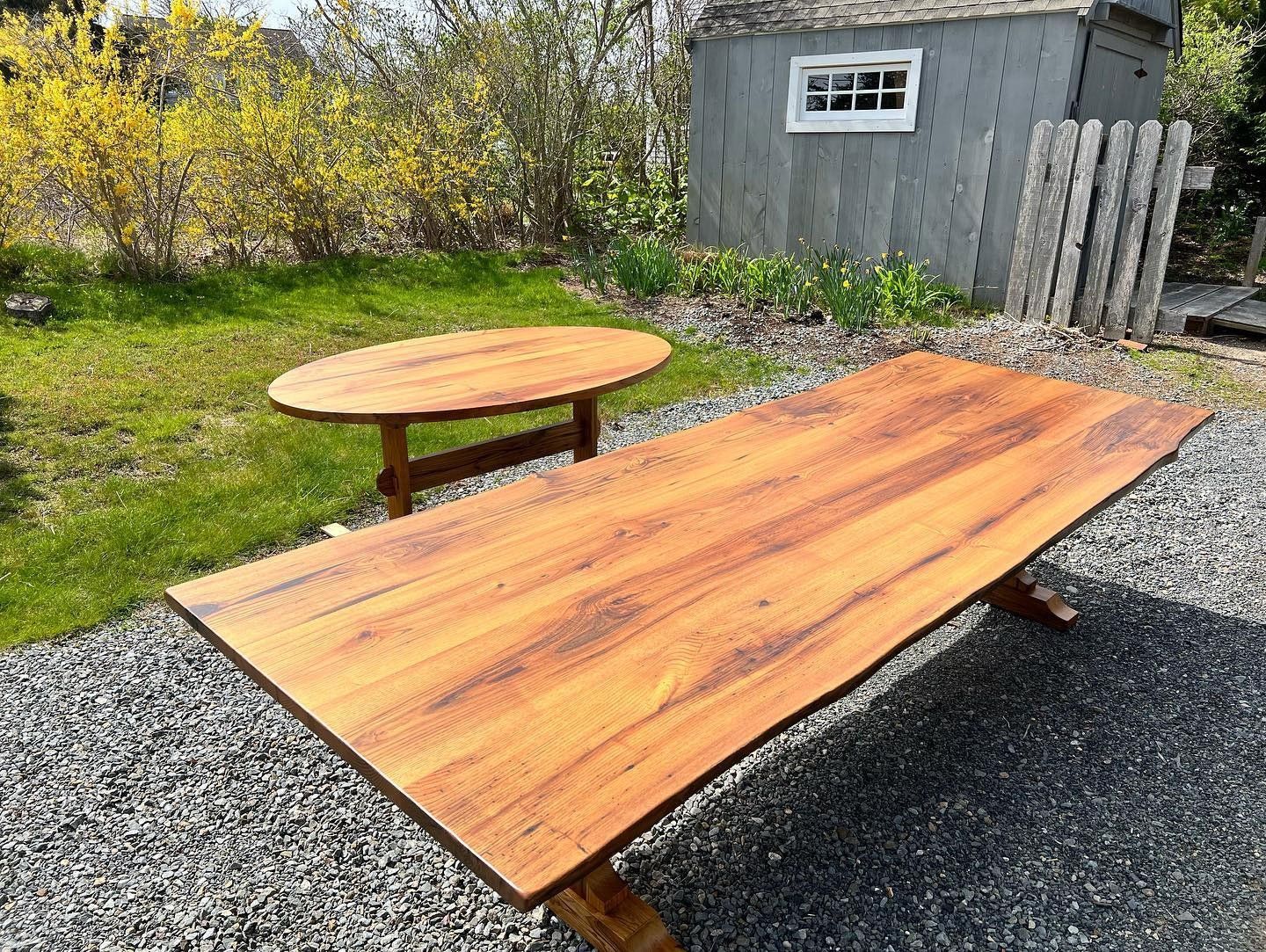
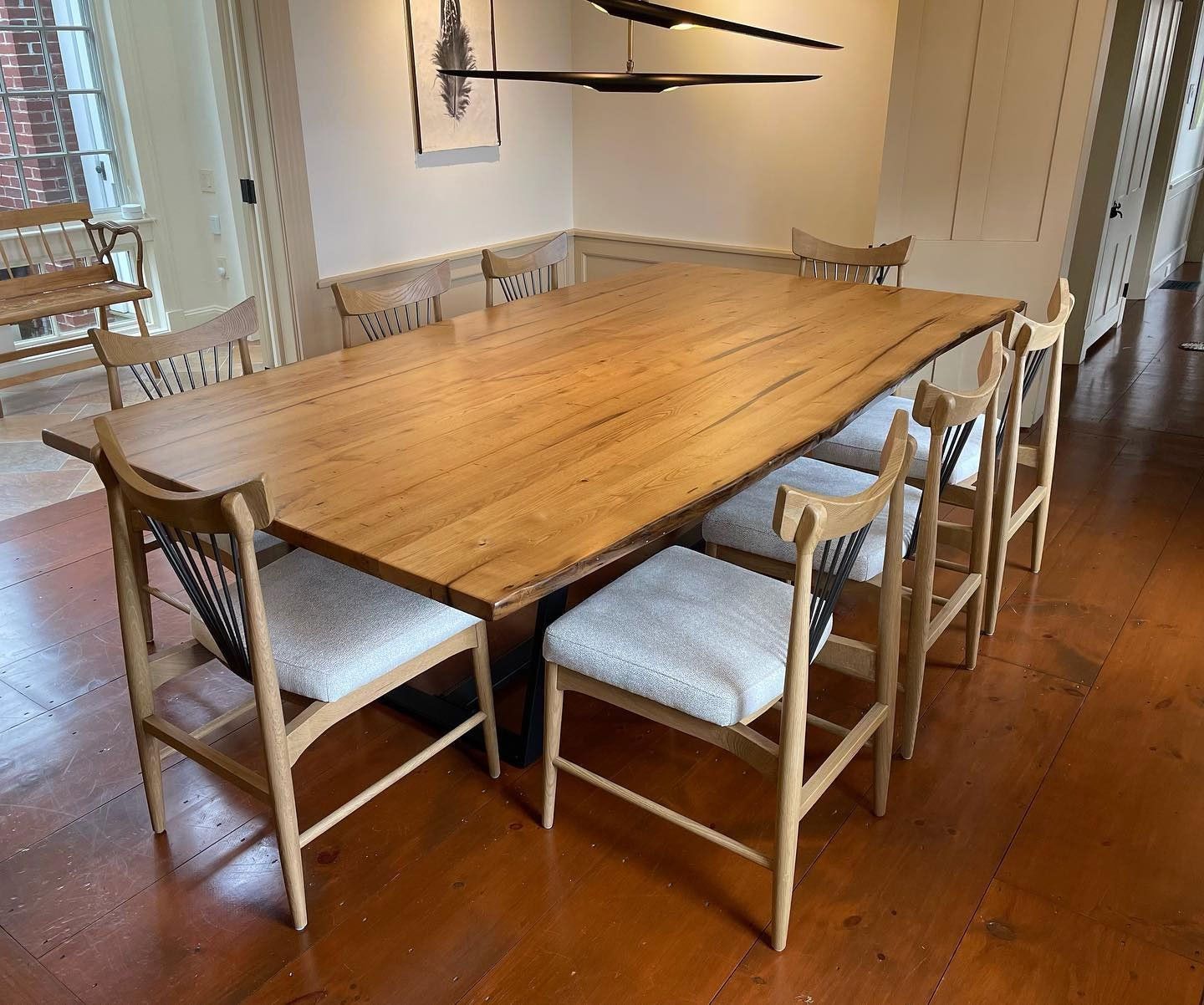
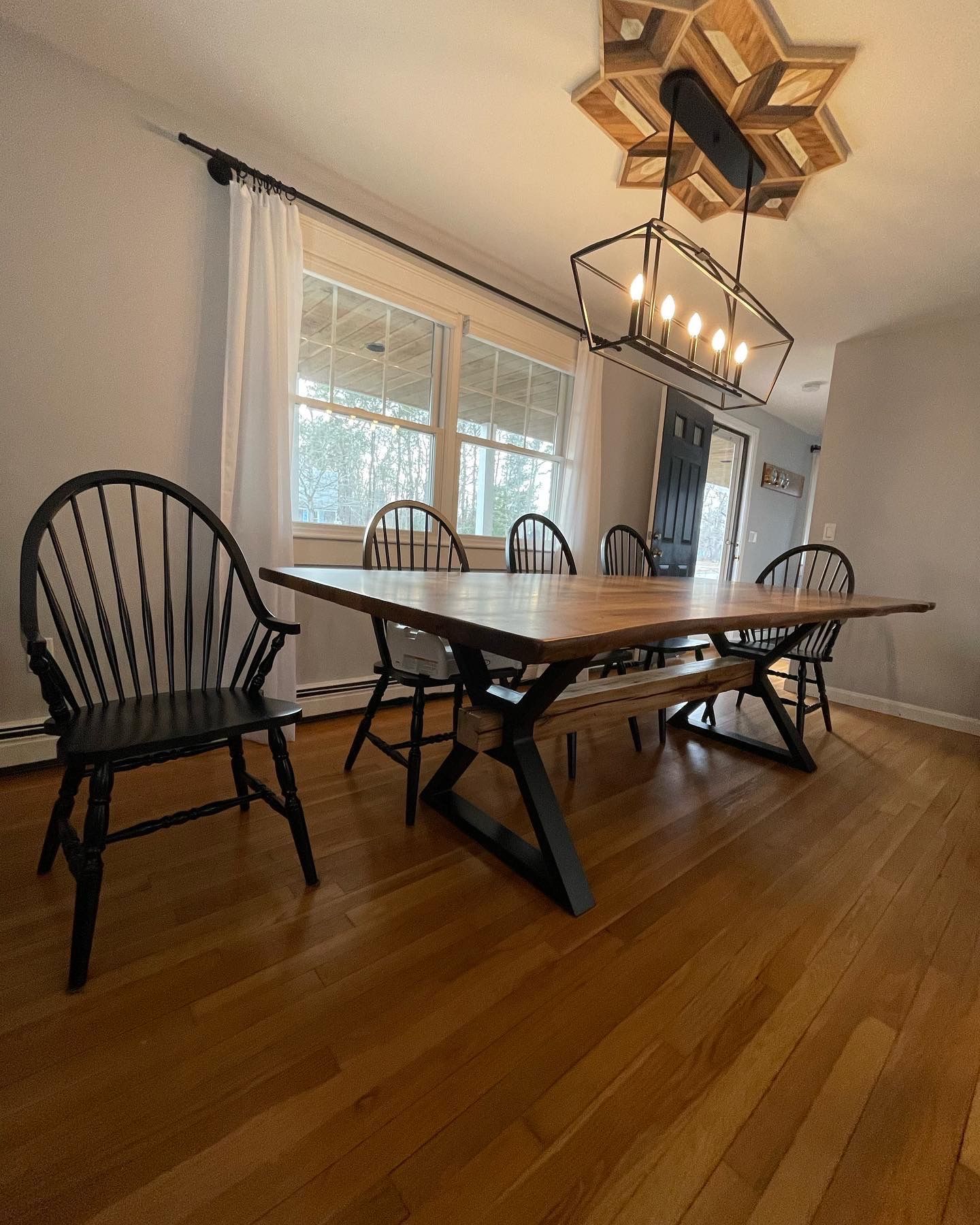

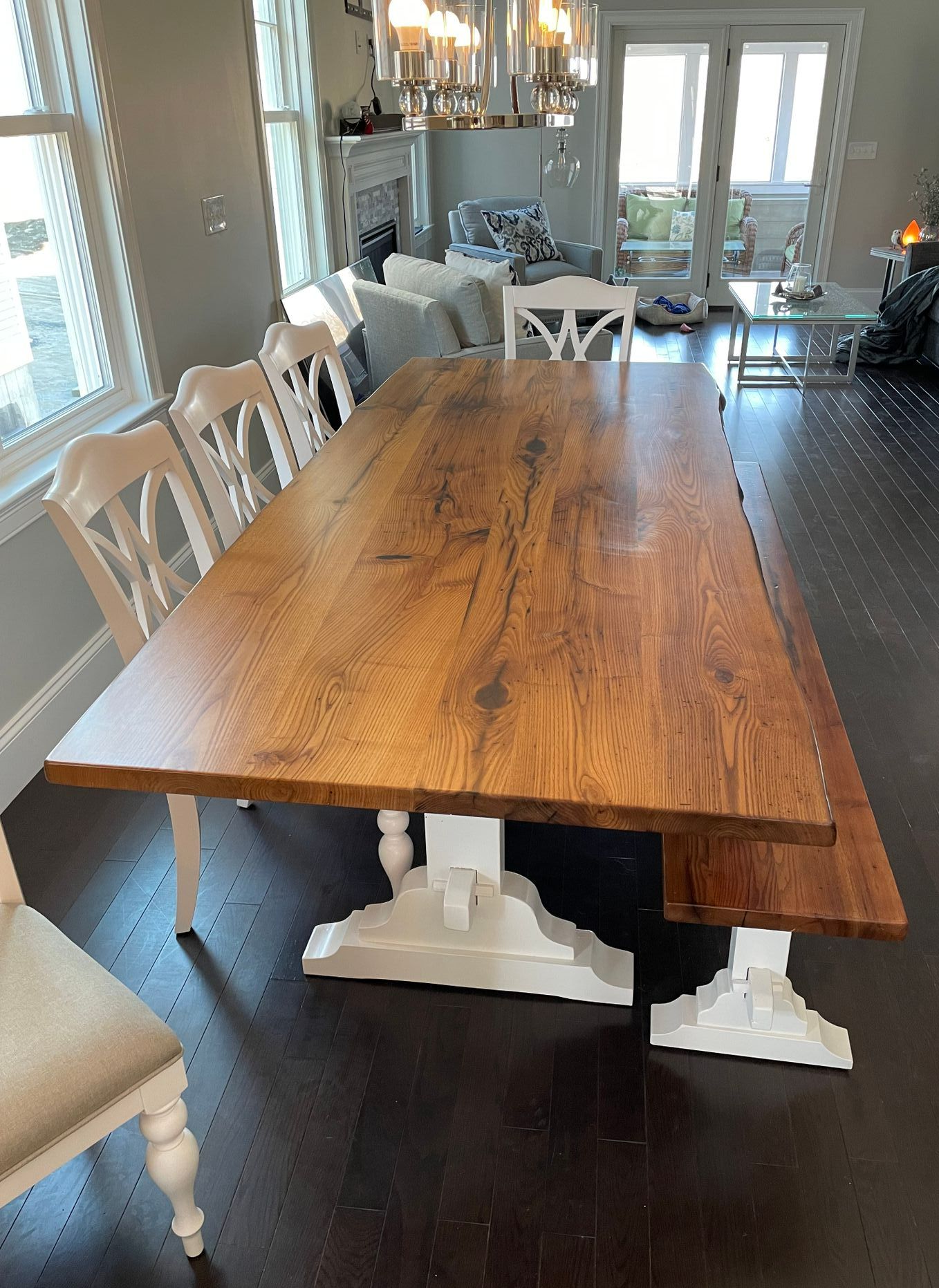
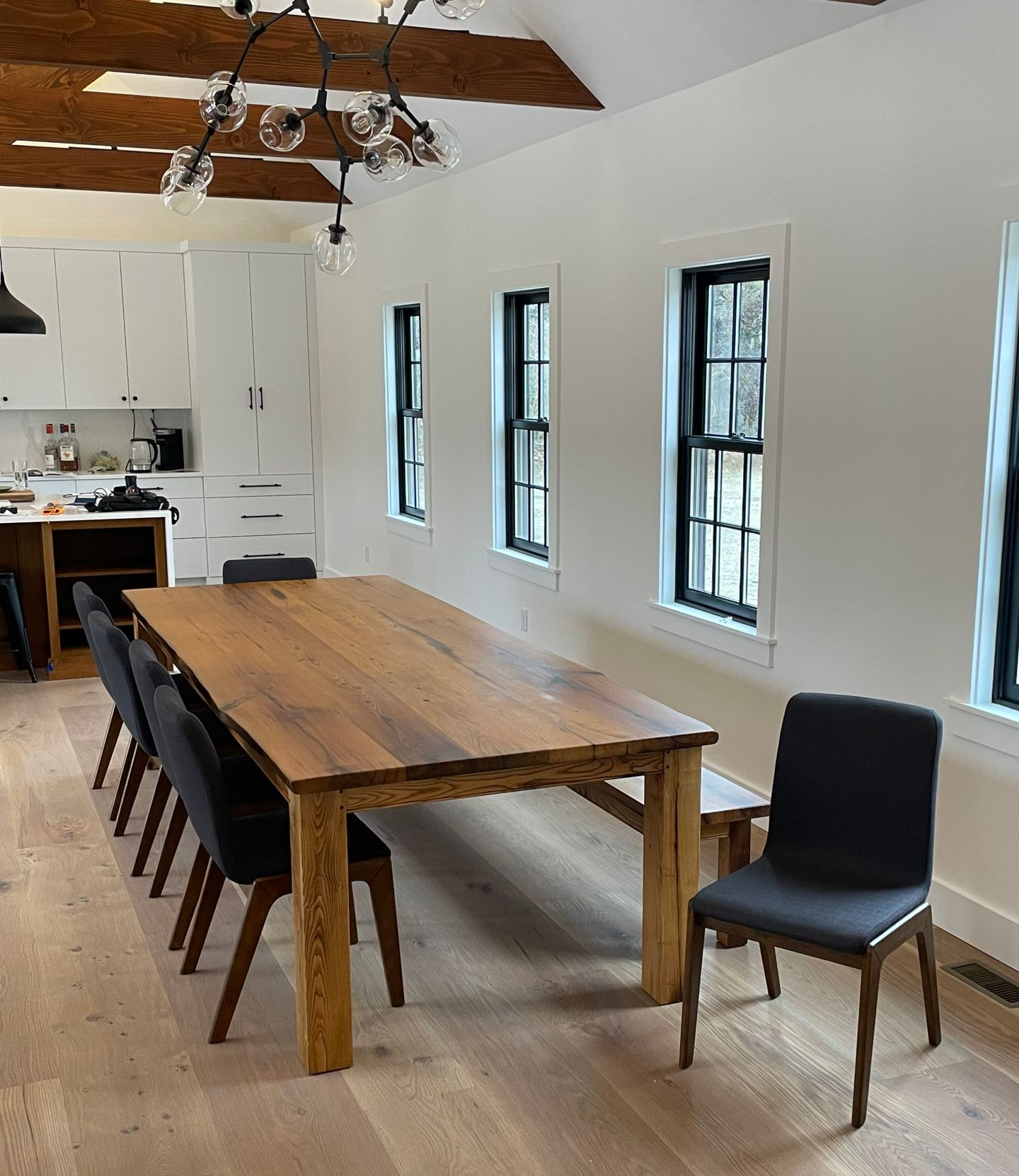
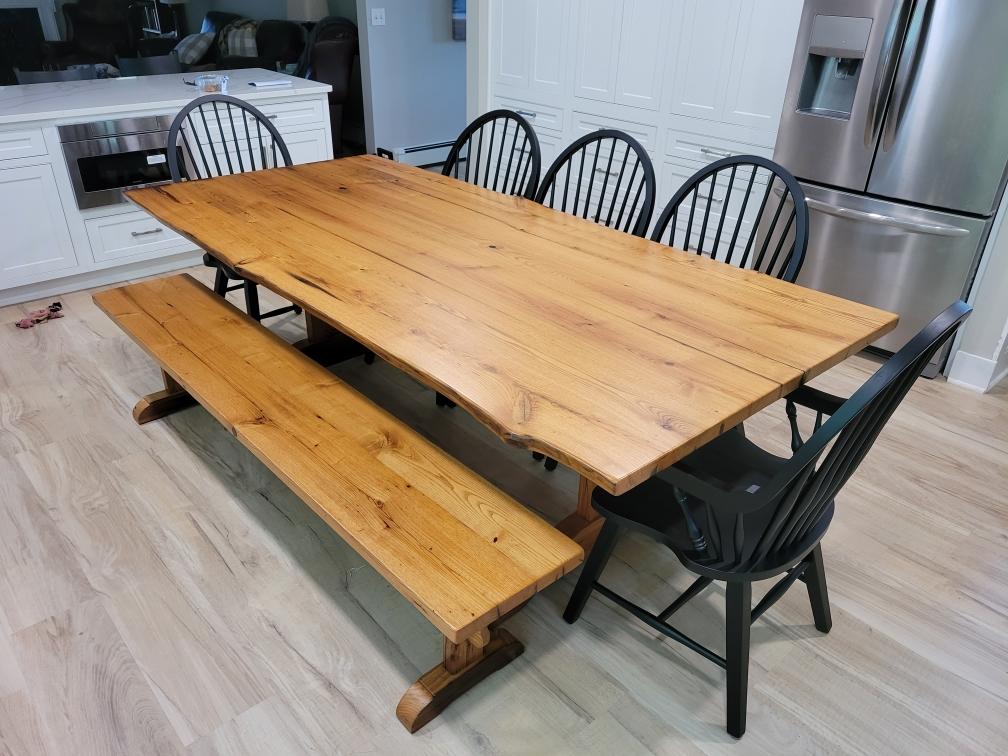
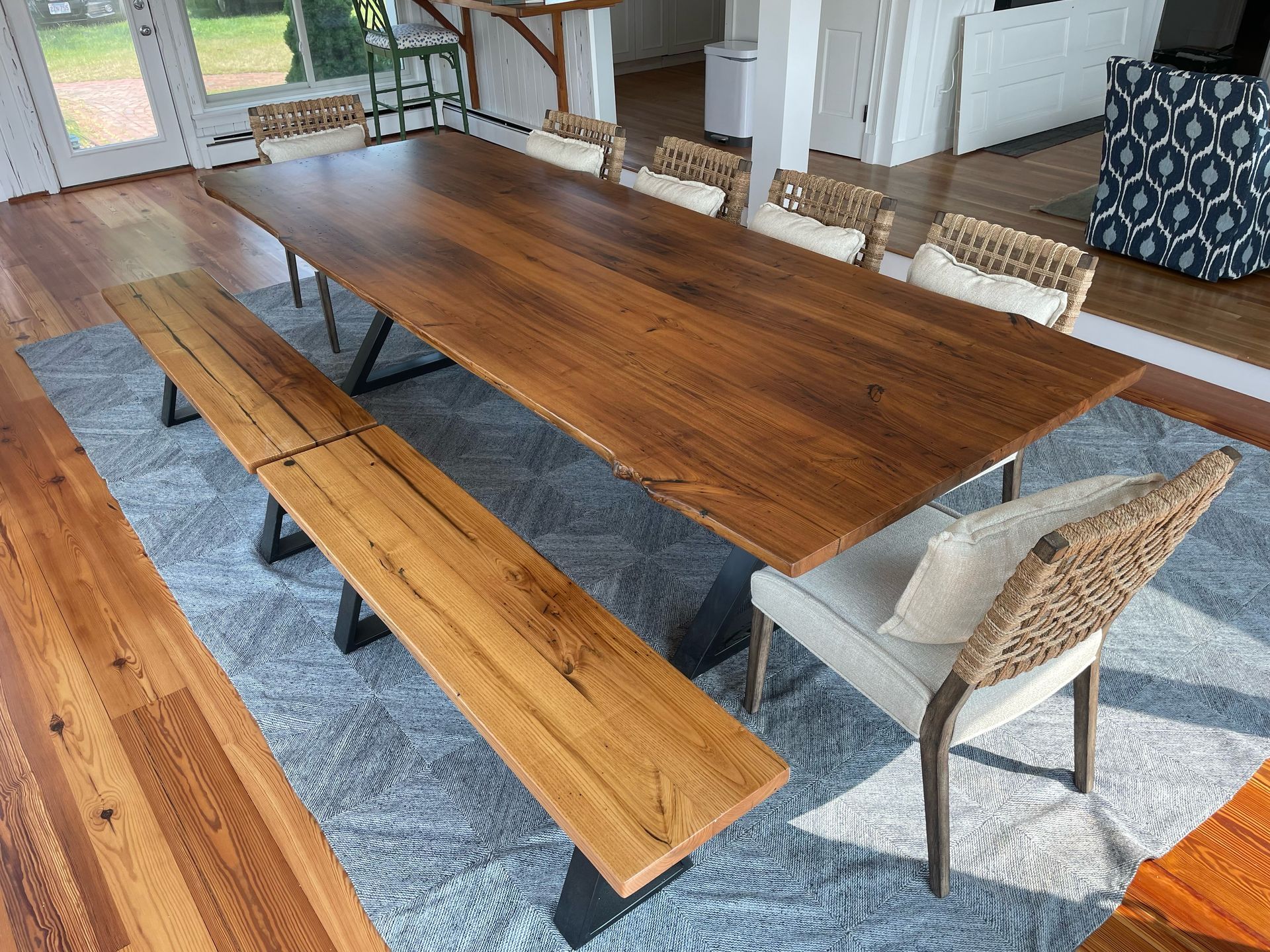
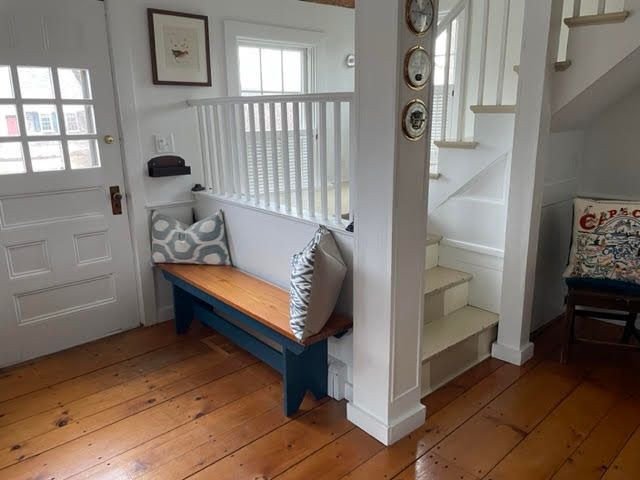
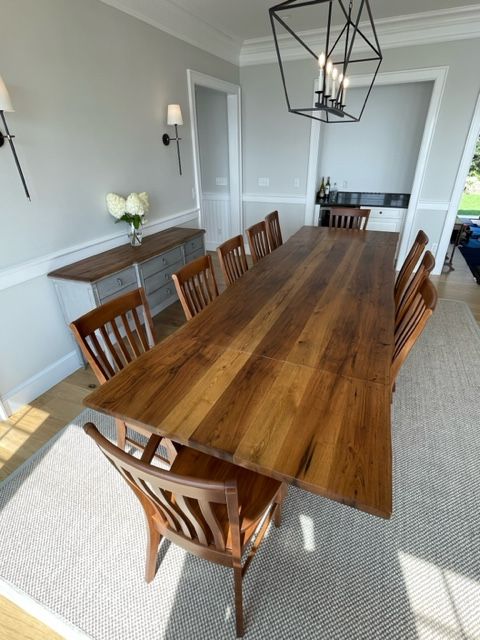
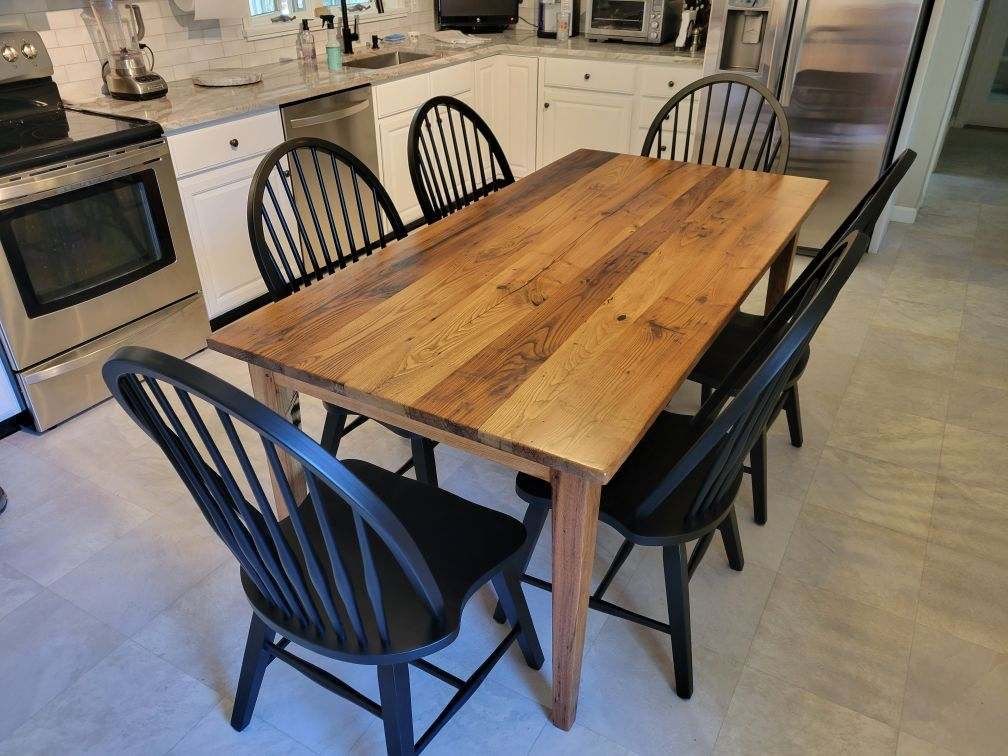
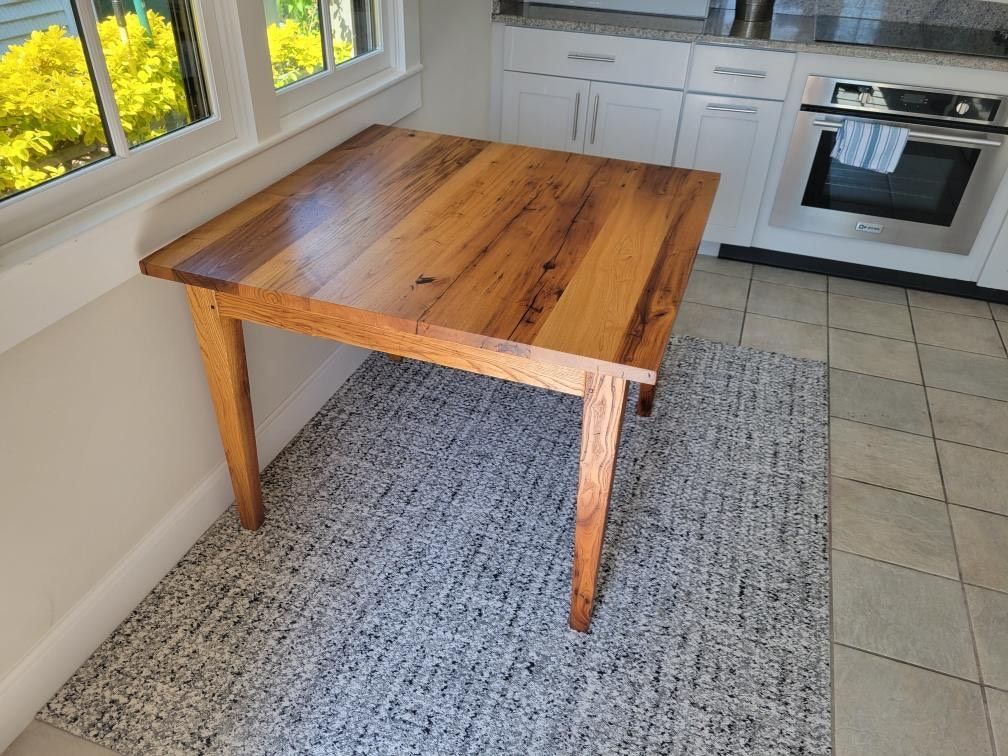
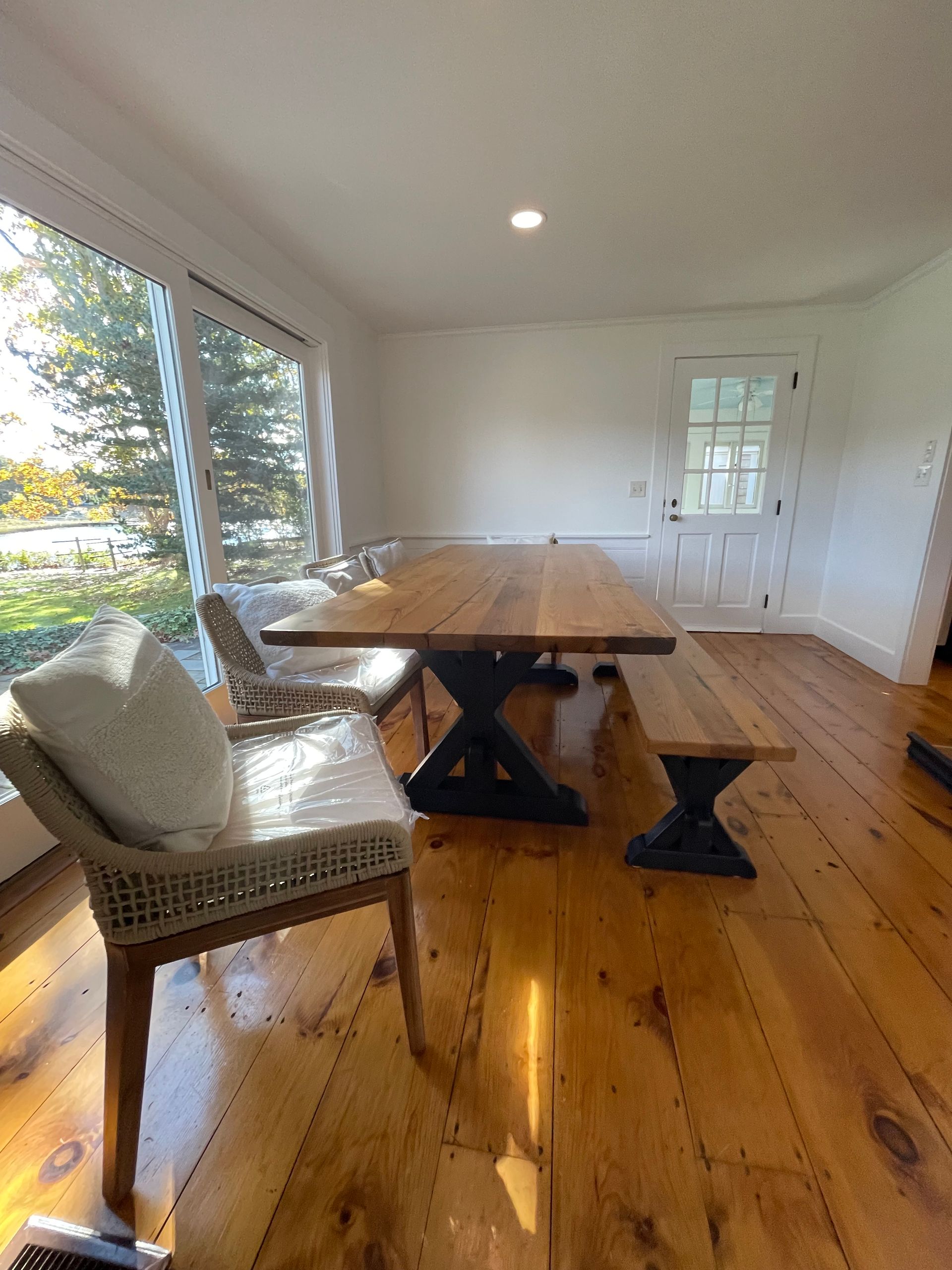
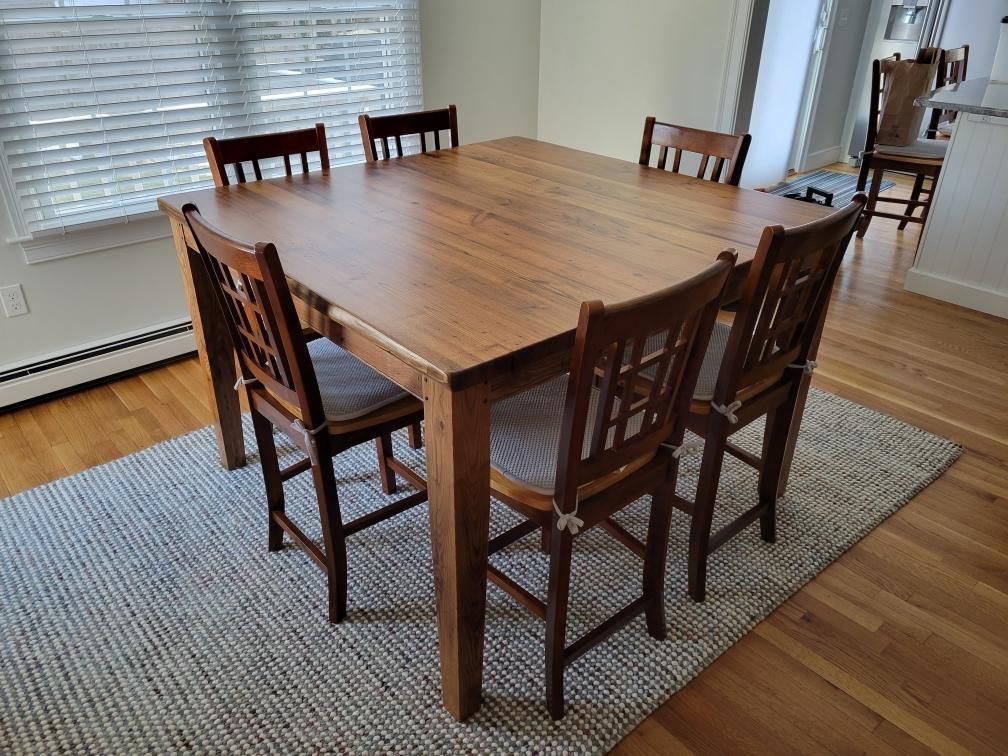
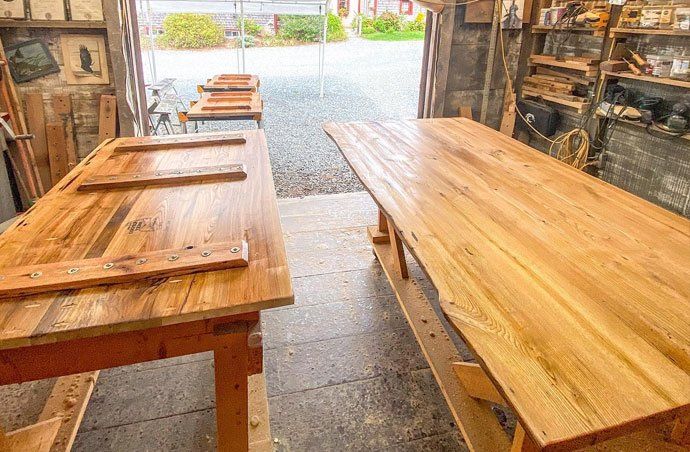

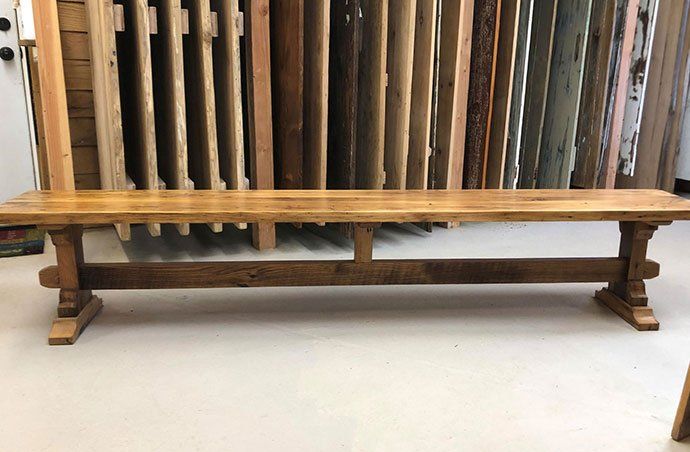

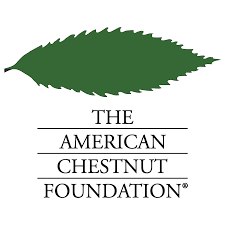
Share On: